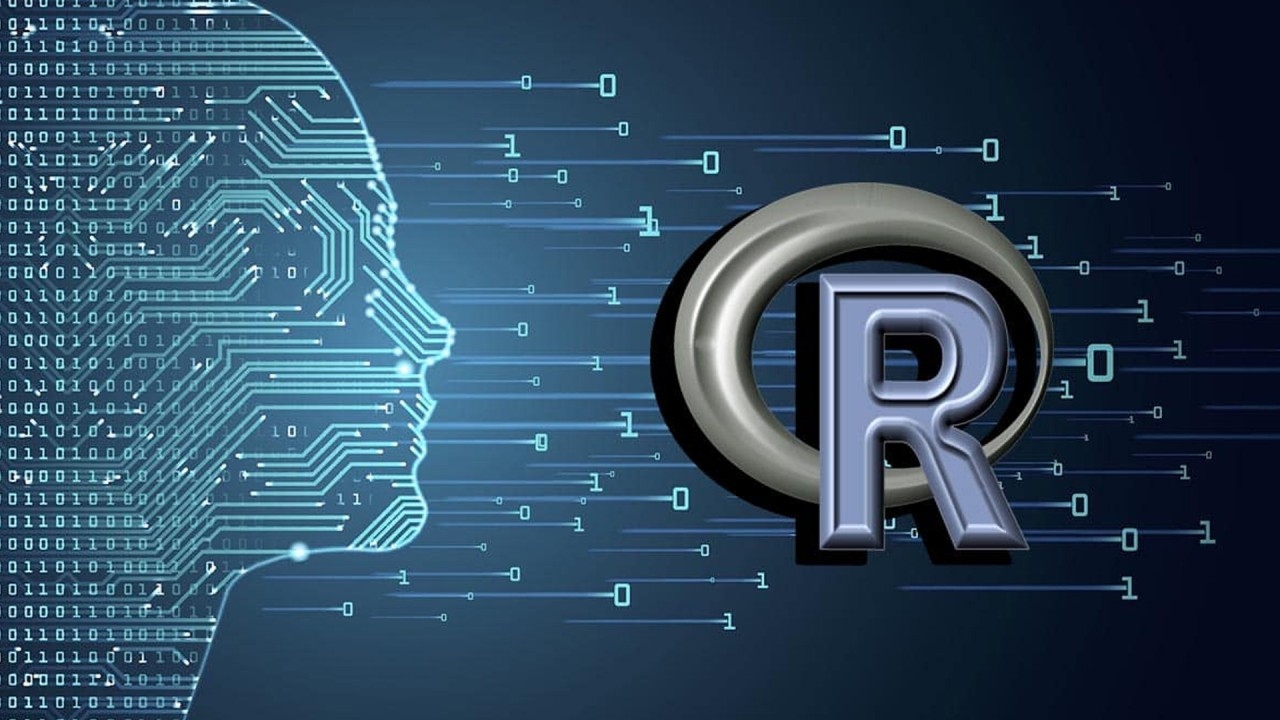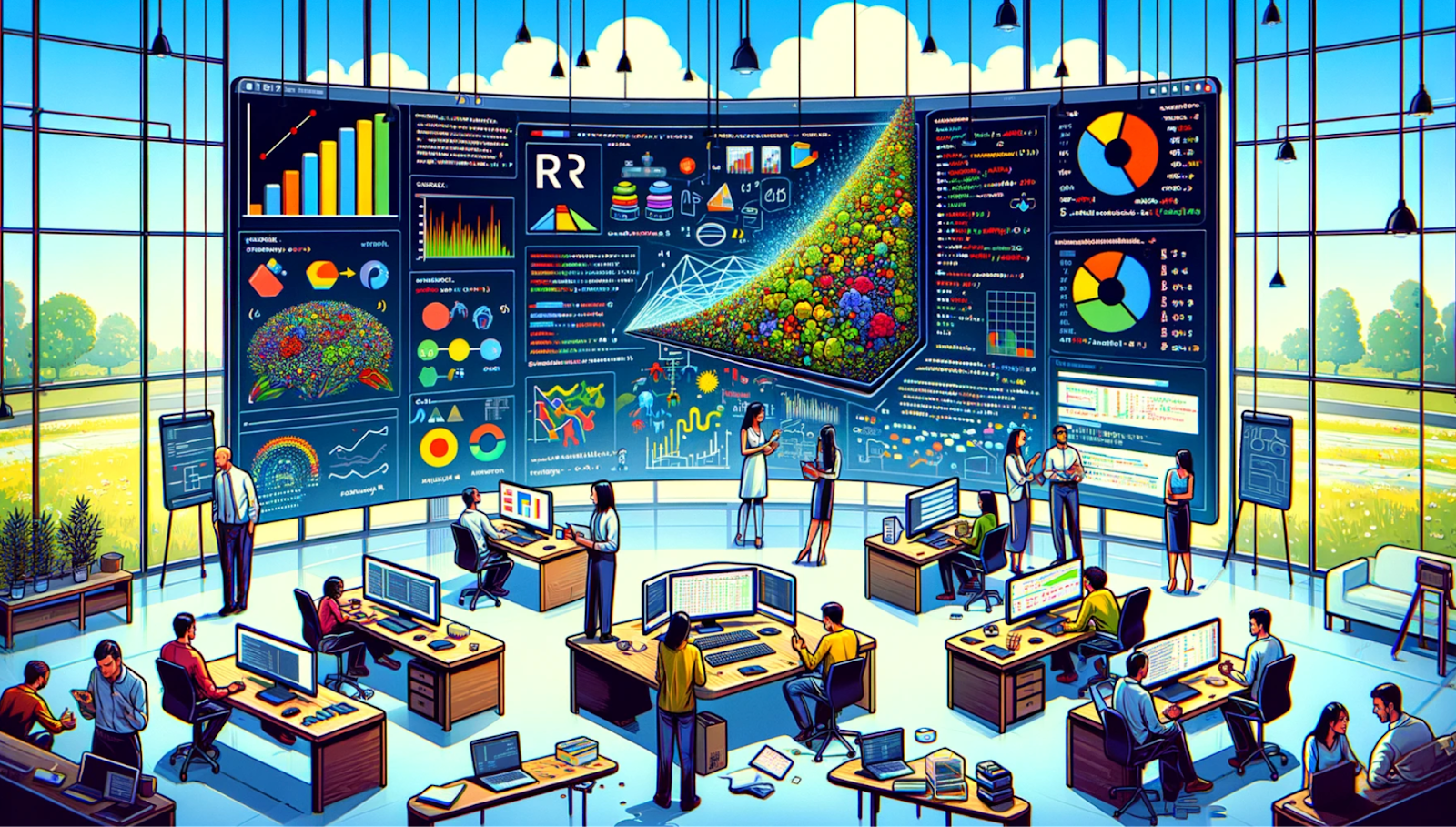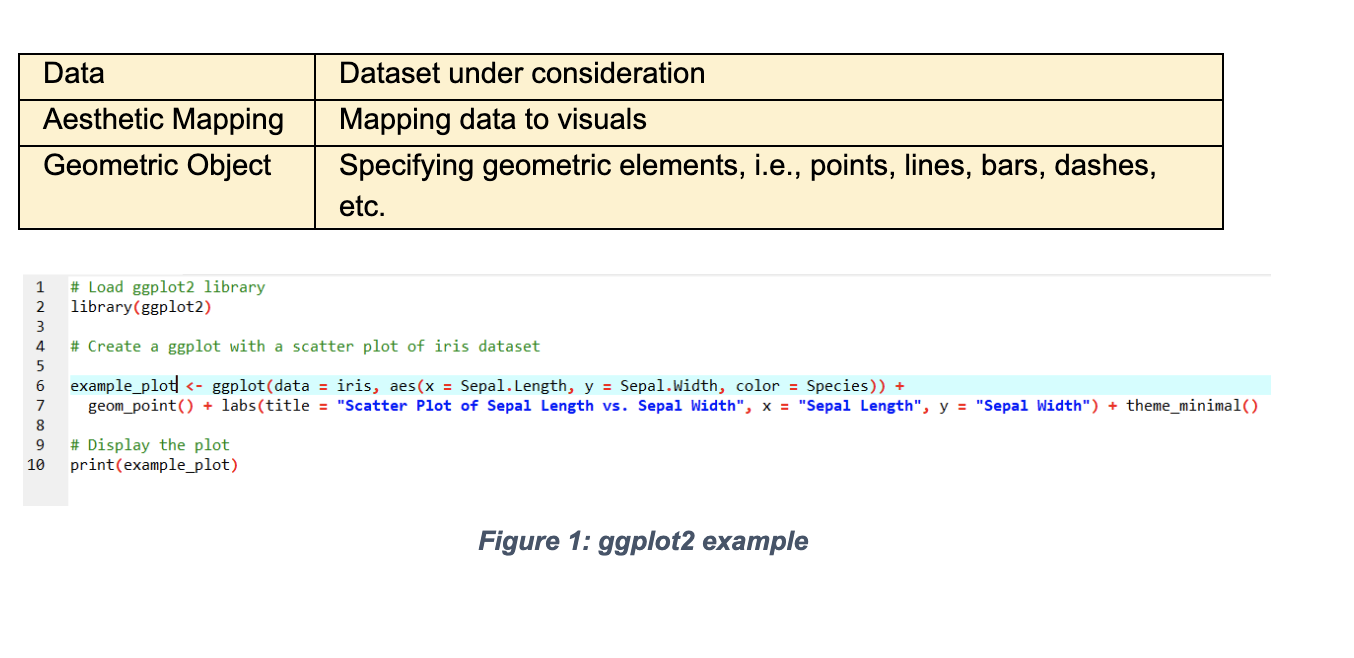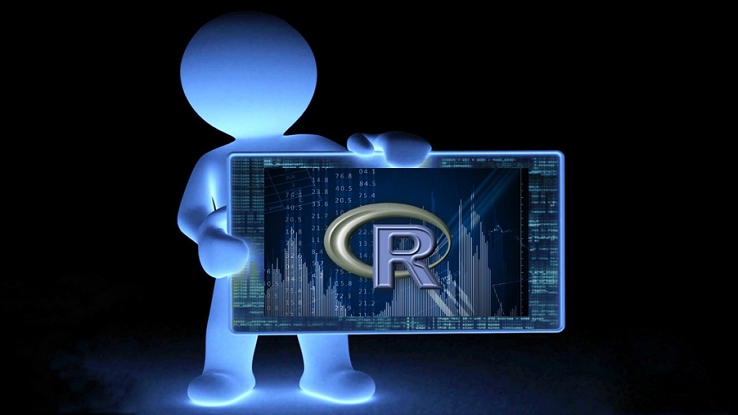Comments
- No comments found

In this data-driven world, everything relies on data and its interpretation, making the field of data science immensely popular and demanding.
The R programming language is a tool in data science with various uses, including statistical analysis, data visualization, data manipulation, and applying machine learning techniques.

R is an open-source programming language rich in data manipulation packages. R programming is widely used in modern data science fields such as machine learning, cybersecurity, statistical analysis, and statistical software development. The popularity of R in modern data science is attributed to its feature of data analysis without explicit algorithm development and data visualization using R’s exceptional graphical capabilities, essential aspects for students seeking R programming homework help.
R programming language was initially designed for statistical analysis and statistical software development purposes. It provides all basic and advanced packages and libraries essential for data retrieval and providing data insights. Some statistical analysis libraries in R include:
Mean, median, and mode
The student T-test
Time-series data analysis
Regression analysis (both linear and logistic)
Correlation Analysis
Chi-square Analysis
The QR decomposition
Principal Component Analysis (PCA)
Data visualization helps in identifying patterns, and outliers in the dataset. The ggplot2 is a versatile package in R programming due to its ease of use for data visualization. It can do multivariate and 3D plotting as well. The gg stands for the grammar of graphics. The grammar corresponds to data, aesthetic mappings, and geometric objects. Figure 1 shows the syntax of the ggplot2 command.

The dplyr library in R provides functions for data manipulation. A short list of these functions is given next.

R programming language is a successor of S language that John Chambers and Rick Becker at Bell Labs developed. The real idea behind the S Language and, subsequently, the R language was to introduce a programming language that is compatible with both interactive data analysis and the development of more extensive programs. In 1997, the Comprehensive R Archive Network (CRAN) was established as a repository for R packages. In 2010, R was revolutionized with the addition of packages like dplyr, tidyr, and ggplot2 under the tidyverse package. The integration with big data in the same year paved the way for the immense popularity of the R programming language. Robustness in statistical analysis and diverseness in visualization techniques have made it the first choice among researchers, students, and industrialists. Facebook employs the R programming language to update its status and modify its social network graph.
R is inefficient in memory management compared to other programming languages.
The lack of security measures in R language programming somewhat limits its applications in web-safe applications.
R is a continuously evolving programming language.
Learning R programming for beginners can be a real programming challenge
R is an open-source programming language
R vs Python is a frequent debate. The scope of Python is broader than that of R. While Python is a general-purpose language, R serves as a statistical tool only. Python is less challenging as compared to learning R programming.
R programming language is non-standardized, which is time-consuming.
Another programming challenge in R is its complexity in debugging.
Interpreting data visualization functions may be challenging for beginners.

The evolution and status quo of R programming indicates that it has a bright future ahead. R programming language has a very active community of developers. The integration of new updates and packages is expected to keep R among the top data science tools. With the demand for data scientists increasing, R programming language is expected to be among the top skills required for job recruitment.
Leave your comments
Post comment as a guest